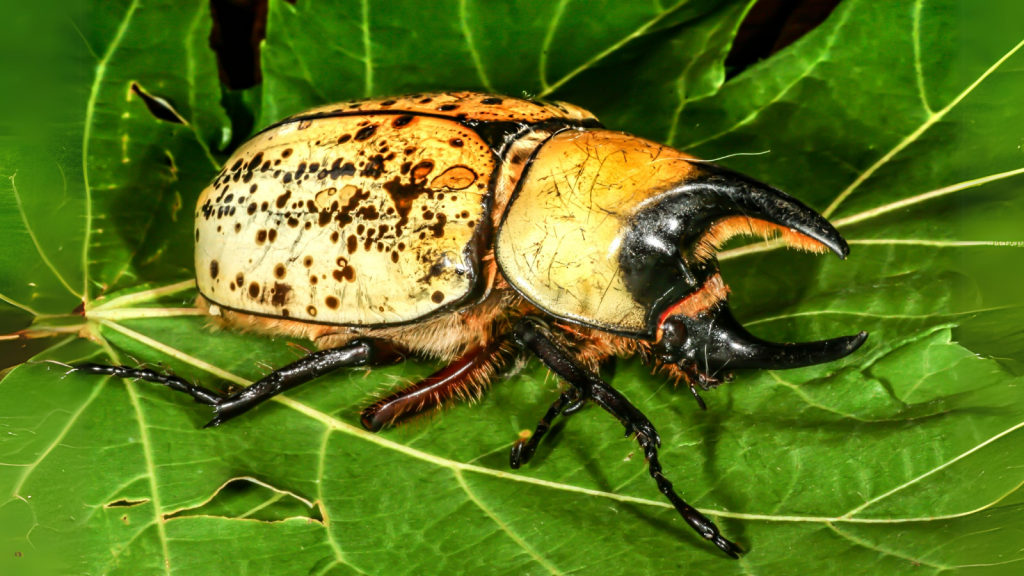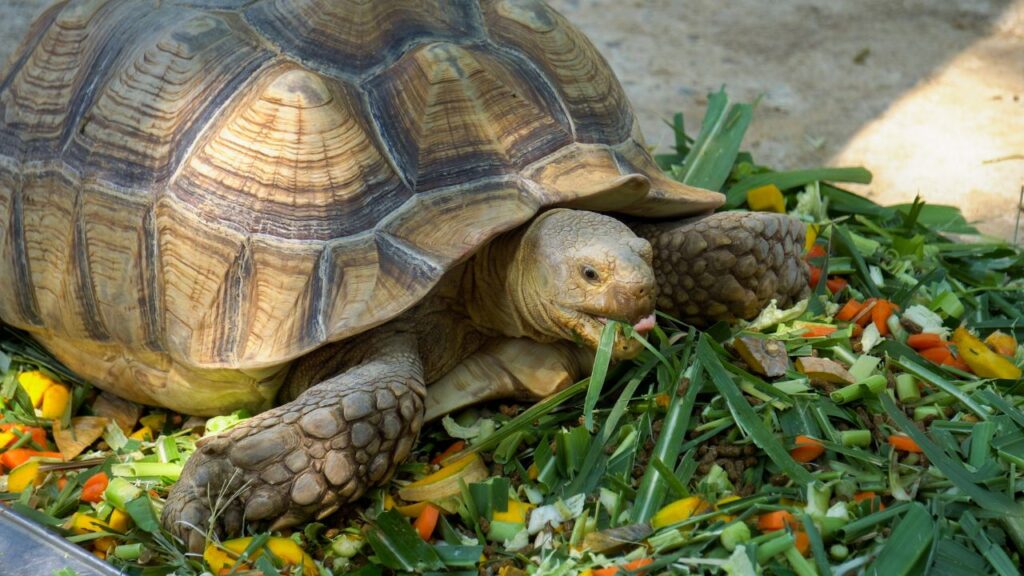The world of insects and arachnids is full of fascinating creatures, but some of them can give us the heebie-jeebies. From hairy spiders to blood-sucking bugs, these creepy crawlies have evolved unique features and behaviors that can send shivers down our spines. While they might make us squirm, many of these creatures are really important. So, brace yourself and prepare to be both amazed and a little creeped out as we explore 15 of the most skin-crawling critters from around the globe. Who knows? You might even develop a newfound appreciation for these often misunderstood creatures.
Giant Centipede
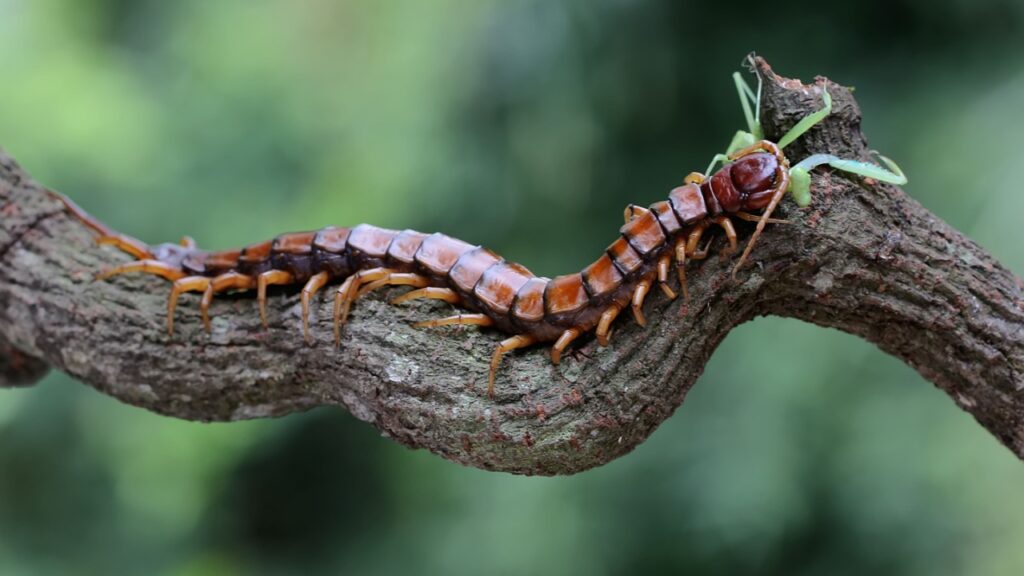
The giant centipede can grow up to 30 centimeters long and has a pair of venomous claws behind its head. These fast-moving predators hunt other insects, spiders, and even small vertebrates. Their numerous legs and swift movements make them particularly unnerving to watch. Giant centipedes are capable of running on walls and ceilings, making them seem almost inescapable to their prey and unsuspecting humans alike.
Goliath Birdeater Tarantula
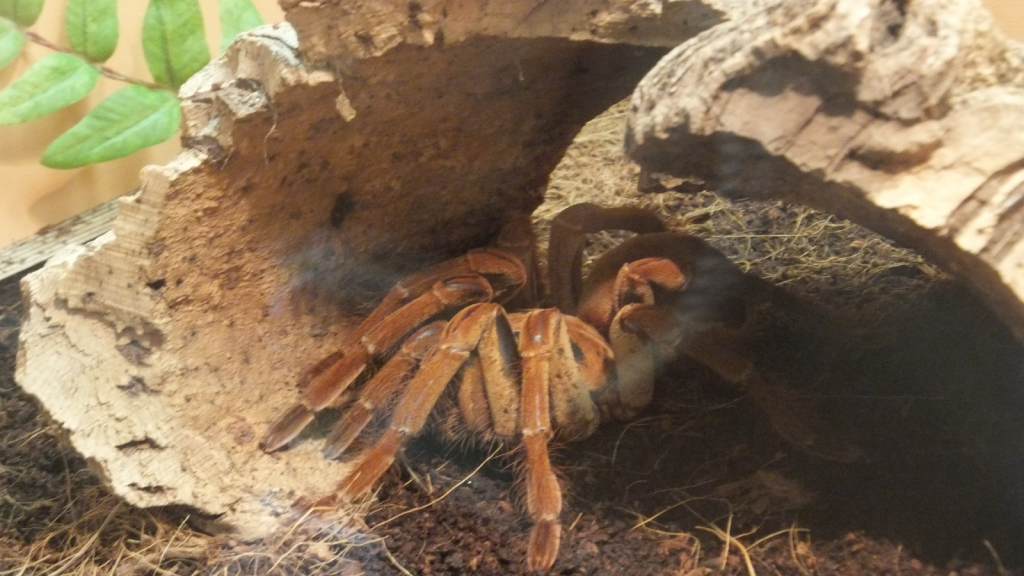
As the largest spider by mass, the Goliath birdeater can have a leg span of up to 30 centimeters. Despite its name, it rarely eats birds, instead preferring insects and small mammals. Its large size and hairy appearance make it a nightmare for arachnophobes. These tarantulas can also make a hissing sound by rubbing their legs together, adding an auditory element to their already intimidating presence.
Assassin Bug
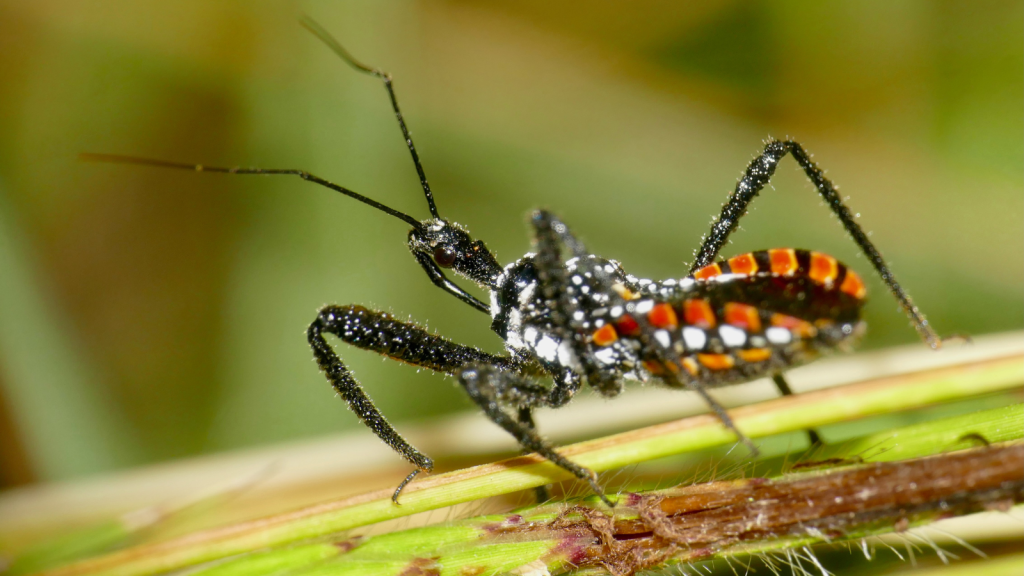
The assassin bug uses its sharp proboscis to inject a lethal saliva that liquefies its prey’s insides. Some species are known to feed on human blood and can transmit Chagas disease. Their name alone is enough to give you the creeps! Assassin bugs are masters of camouflage, often disguising themselves with the carcasses of their prey to ambush unsuspecting victims.
Giant Isopod
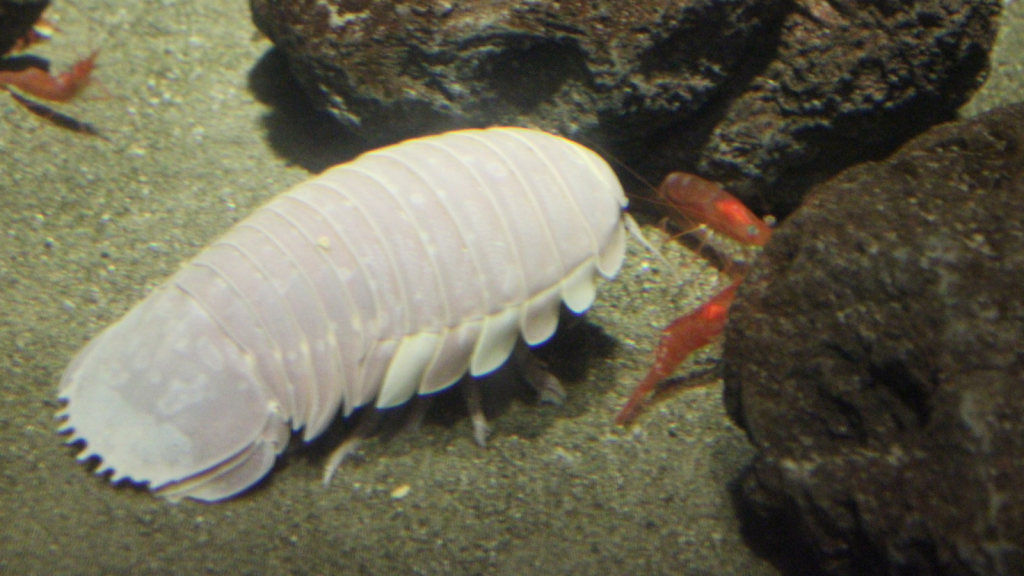
These deep-sea creatures look like enormous pillbugs, growing up to 76 centimeters long. They can go for years without eating and have been known to attack and eat live fish. Their alien-like appearance and scavenging habits make them particularly unsettling. Giant isopods have compound eyes with over 4,000 individual facets, allowing them to detect even the faintest light in the deep, dark ocean.
Botfly
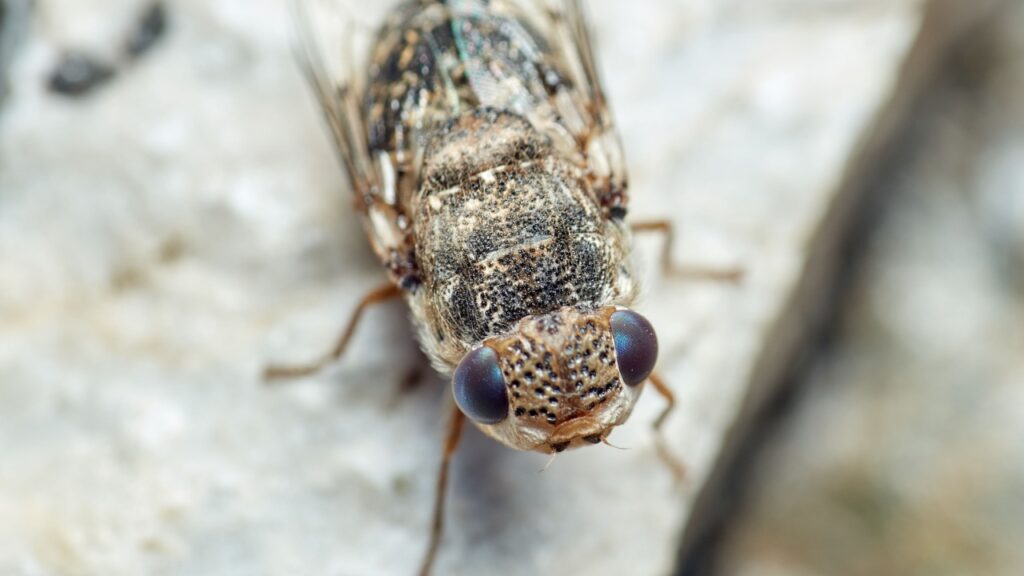
Botflies lay their eggs on mosquitoes, which then transfer them to mammals, including humans. The larvae burrow into the host’s skin, feeding on flesh as they grow. The thought of these parasites developing under one’s skin is truly skin-crawling. To make matters worse, the larvae have backward-facing spines that make them difficult to remove without surgery.
Camel Spider
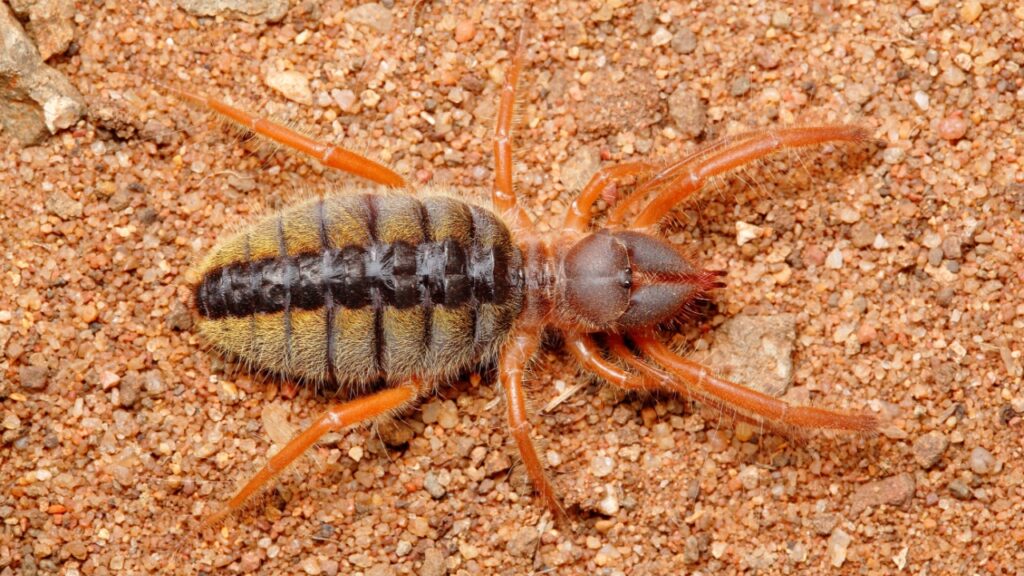
Despite its name, the camel spider is neither a spider nor a true scorpion. These arachnids can run up to 10 miles per hour and are known for their large, powerful jaws. Their speed and aggressive appearance make them a frightening sight in desert regions. Camel spiders are also known for their voracious appetite, capable of eating lizards, small birds, and rodents.
Giant Water Bug
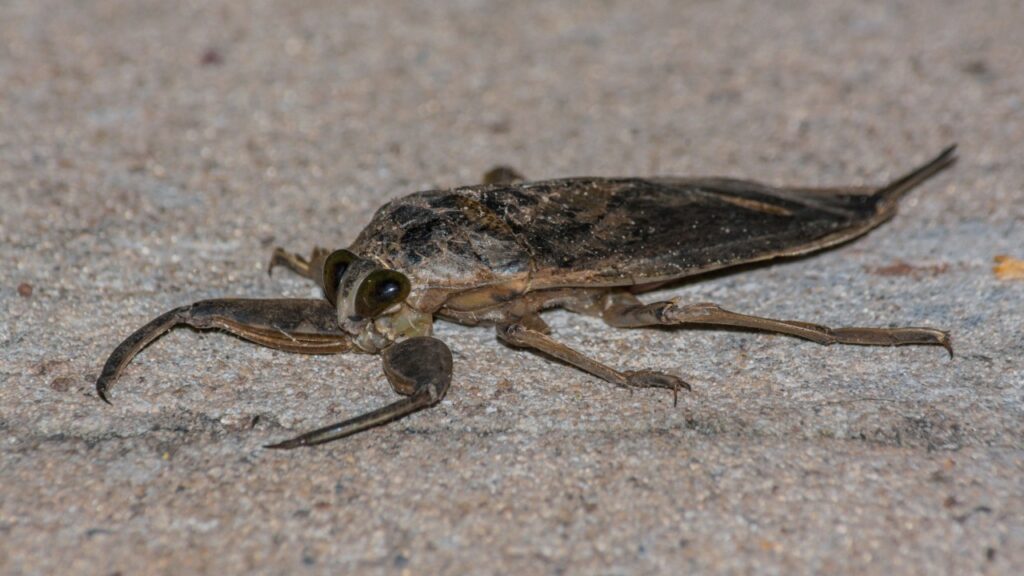
Also known as “toe-biters,” these large insects can deliver a painful bite with their sharp beak. They’re known to prey on fish, amphibians, and even small snakes. Their ability to lurk just below the water’s surface adds to their creep factor. Giant water bugs are also devoted fathers, with males carrying eggs on their backs until they hatch.
Hercules Beetle
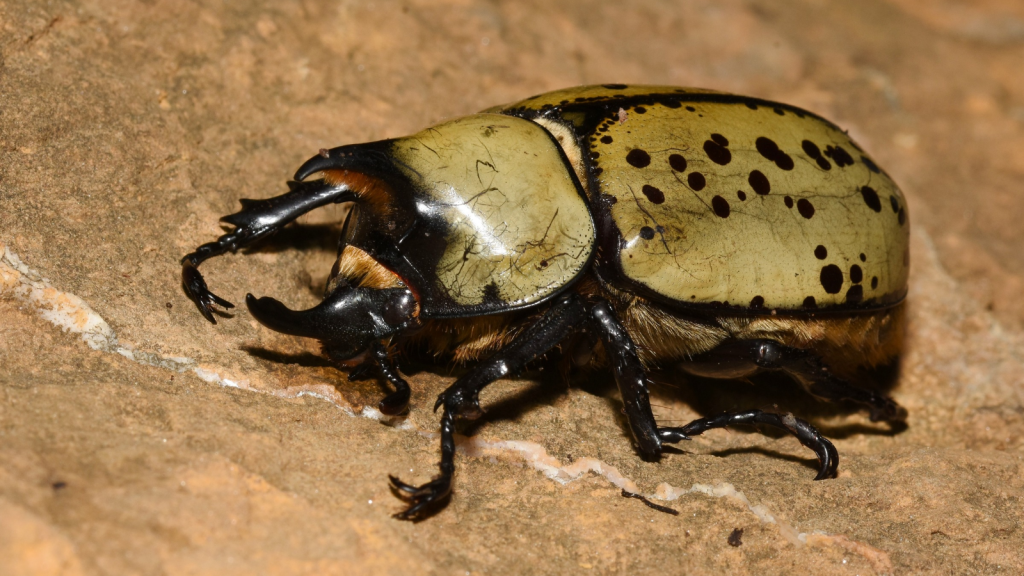
As one of the largest flying insects in the world, the Hercules beetle can grow up to 17 centimeters long. Males have large horns that they use to fight for mates. Their enormous size and prehistoric appearance can be quite startling. These beetles are also incredibly strong, capable of lifting up to 850 times their own body weight.
Tarantula Hawk Wasp
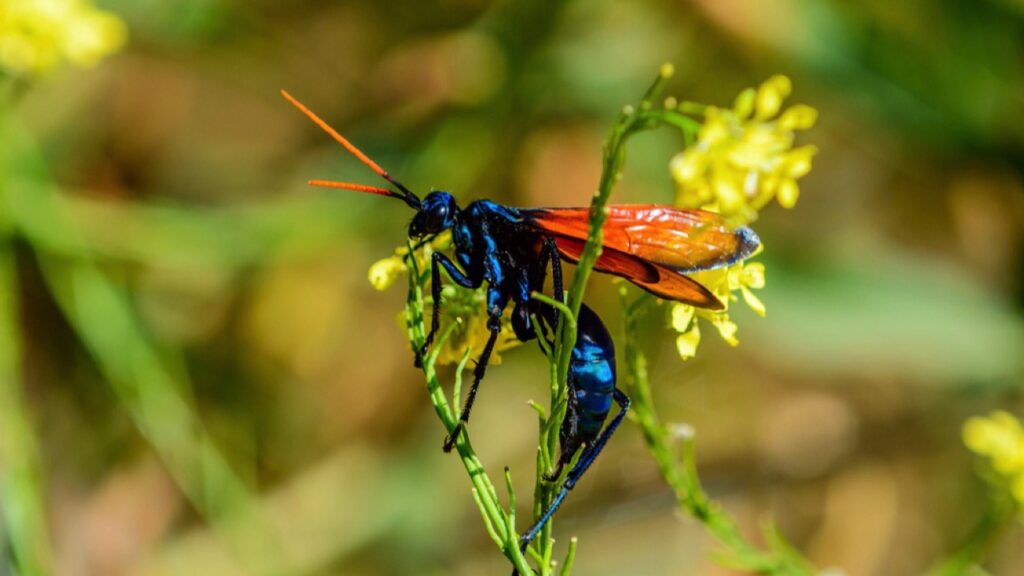
This wasp gets its name from its habit of hunting tarantulas. It paralyzes the spider with its sting, then lays an egg on it, providing a live food source for its larva. Its sting is considered one of the most painful insect stings in the world. The pain from a tarantula hawk wasp sting is so intense that the recommended action is to lie down and scream to avoid further injury from falling or running into something.
Jumping Spider
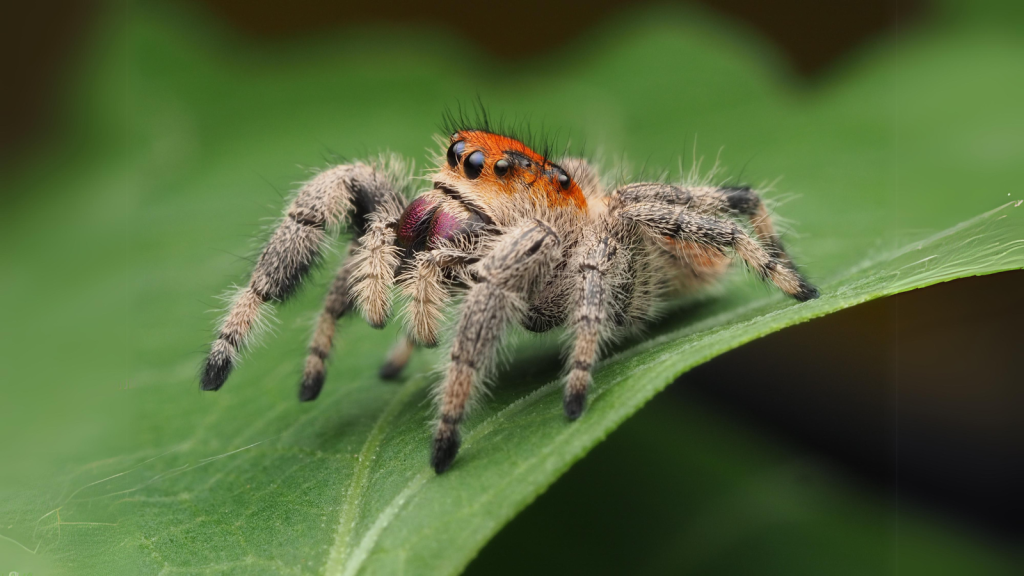
While small, jumping spiders can leap up to 50 times their body length. They have excellent vision and will often turn to look directly at observers. Their ability to jump suddenly and their direct gaze can be unsettling for many people. Jumping spiders are also known for their intricate courtship dances, which involve complex movements and vibrations to attract mates.
Bullet Ant
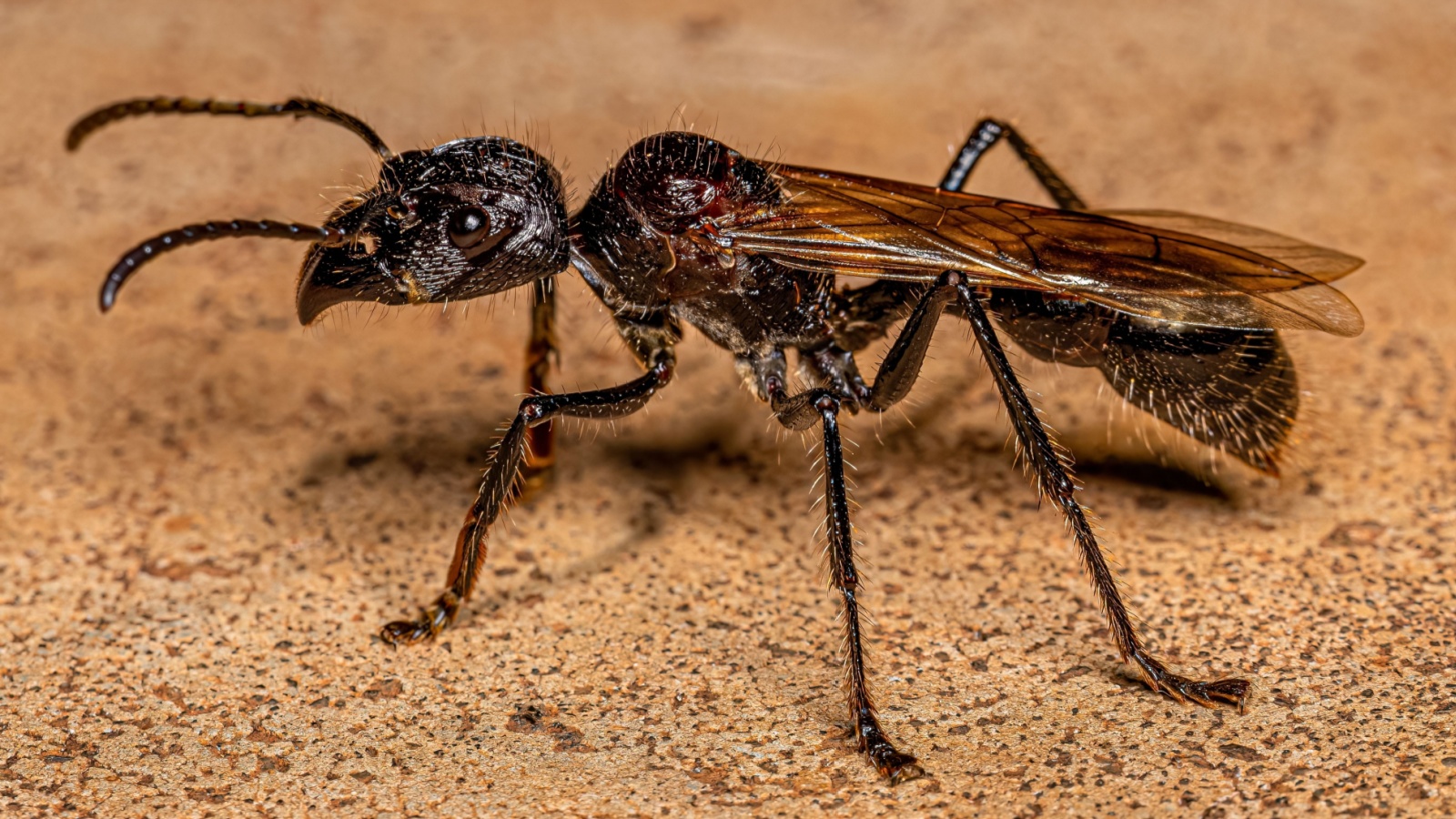
Named for its extremely painful sting, which is said to feel like being shot, the bullet ant is found in rainforests of Central and South America. Some indigenous tribes use these ants in coming-of-age rituals. The thought of voluntarily enduring such pain is enough to make anyone squirm. The pain from a bullet ant sting can last for up to 24 hours, making it one of the longest-lasting insect-induced pains known to science.
Asian Giant Hornet
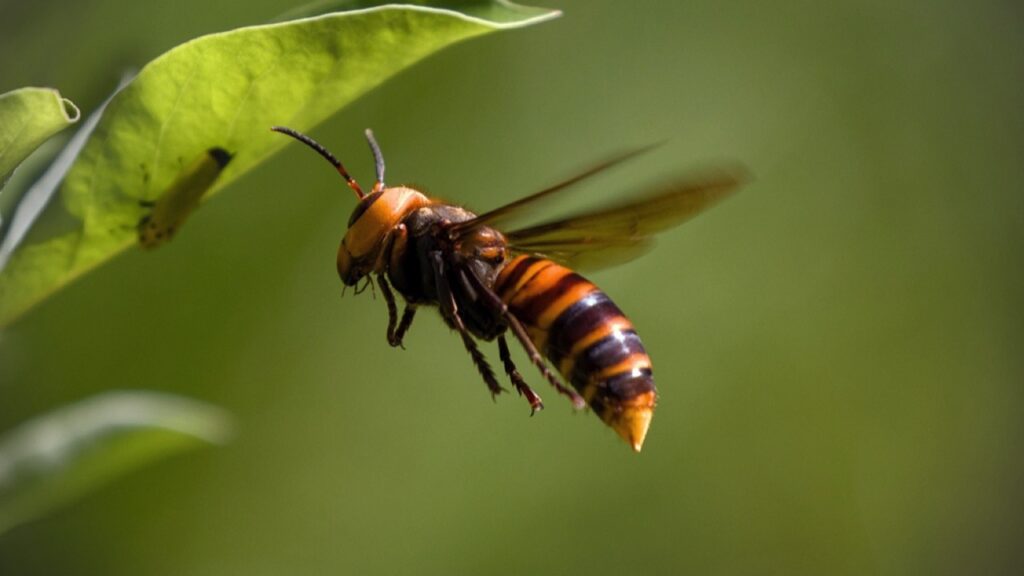
Often called the “murder hornet,” this large wasp can grow up to 5 centimeters long. Its sting contains a potent neurotoxin and can be fatal in large doses. Their aggressive nature and the threat they pose to honeybees have made them infamous. A single Asian giant hornet can kill up to 40 honeybees per minute, using its large mandibles to decapitate its victims.
Giant Weta
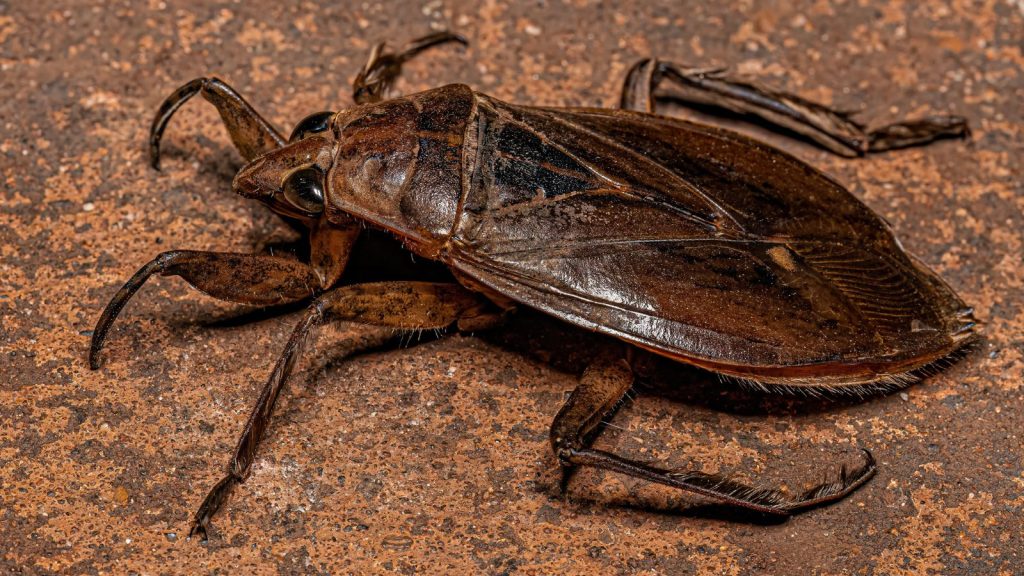
Native to New Zealand, the giant weta is one of the heaviest insects in the world, weighing up to 70 grams. They’re related to crickets but look more like enormous, spiky grasshoppers. Their large size and prehistoric appearance can be quite shocking. Some species of giant weta are so heavy that they struggle to jump, making them seem even more like ancient, lumbering creatures.
Whip Scorpion
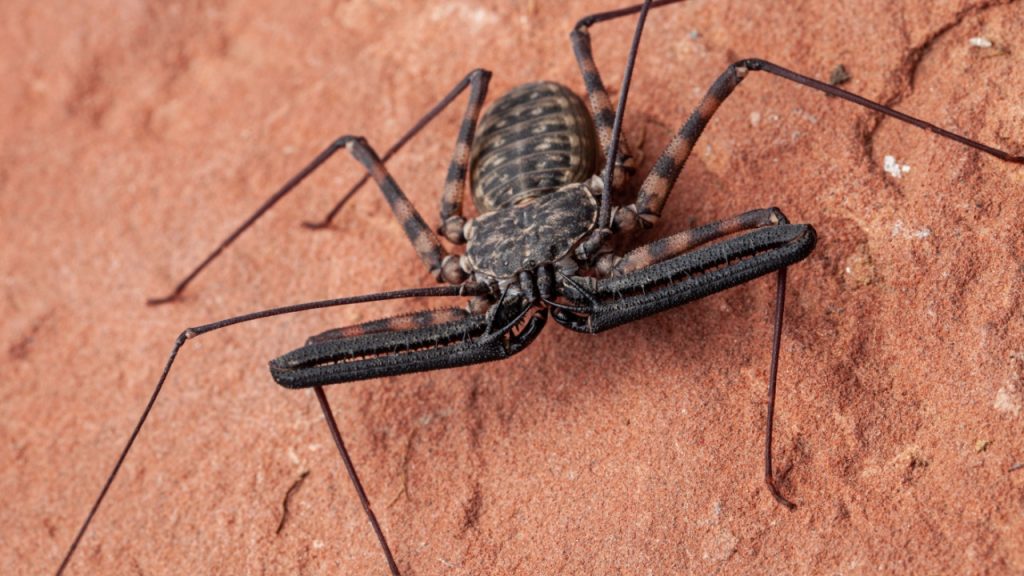
Also known as vinegaroons, these arachnids can spray a vinegar-like substance from their tail. While not venomous, their scorpion-like appearance and defensive spray make them intimidating. They use their whip-like front legs to sense their environment. Whip scorpions are nocturnal hunters and use their strong pincers to crush their prey before consuming it.
Tongue-Eating Louse
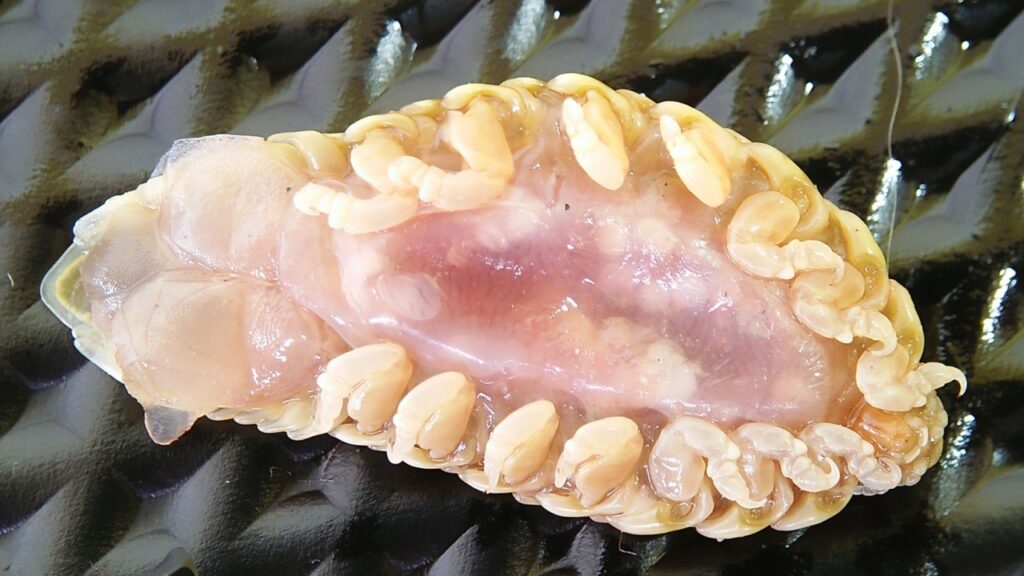
This parasitic crustacean enters a fish’s body through its gills and attaches to its tongue. It then destroys the tongue and replaces it, feeding on the fish’s blood. The idea of a parasite replacing a body part is truly the stuff of nightmares. Surprisingly, infected fish can survive with the parasite acting as their tongue, although their growth and overall health may be affected.

